The optical elements of Eyepieces allow you to focus light collected by a telescope, so you can observe a sharp view of the object or area where the telescope is pointing. It may seem like a small link in the chain, but it has a large effect on your telescope’s optical system, and finding suitable eyepieces will greatly enhance its potential.
With so many options to choose from, selecting the right set of eyepieces for you and your telescope can seem a little tricky. This guide offers some insight and explanations on different eyepiece types, specifications, and how it all ties together to optimize your astronomy and astrophotography sessions!
FOCAL LENGTH & MAGNIFICATION
Focal Length is an important specification to consider when determining the magnification, also known as power, of the combination of an eyepiece and the telescope it is being used with. The following formula will help you determine the magnification based on your eyepiece and telescope’s specifications:Magnification = Telescope Focal Length (mm) / Eyepiece Focal Length (mm)
For example:
- A 20 mm eyepiece on a 2000 mm telescope (2000/20) gives you 100 power (100x). This makes objects appear 100 times closer to you through the telescope than they appear to your unaided eye.
Note: When using your telescope at different powers, you generally have a choice of a small, sharp, and bright image at lower magnification; or a larger, yet blurred and dim image at higher magnification. The reason being, that the telescope gathers a fixed amount of light, and at higher magnifications, the same amount of light is being spread over a larger area, resulting in a dimmer image.
FIELD OF VIEW: APPARENT AND TRUE
An eyepiece’s Apparent Field of View (AFOV) is expressed in degrees (°). It is how much of the sky is seen edge-to-edge through the eyepiece alone. AFOV’s range from narrow (25° – 30°) to an extra-wide angle (80° or more).
An eyepiece’s true field of view is the angle of sky seen through the eyepiece when it’s attached to the telescope. The true field can be calculated using the following formula:
True Field = Apparent Field / Magnification
For example, suppose you have an 8-inch Schmidt-Cassegrain telescope with a 2000 mm focal length, and a 20 mm eyepiece with a 50° apparent field. The magnification would be 2000 mm / 20 mm = 100x. The true field would be 50\100, or 0.5° – about the same apparent diameter as the full moon.

EYE RELIEF AND CORRECTIVE LENSES
Eye Relief refers to the distance between your eye and the eyepiece lens when the image is in focus. Eye relief is traditionally in proportion with focal length: The shorter the focal length, the shorter the eye relief. However, some of the more modern eyepiece designs provide long-eye relief regardless of focal length, which is especially beneficial to those who wear glasses. If you like to keep your glasses on while using a telescope, the eye relief of an eyepiece is an important specification to consider (we recommend looking at long-eye relief eyepieces).
2 mm – 4.9 mm Eyepieces

5 mm – 6.9 mm Eyepieces
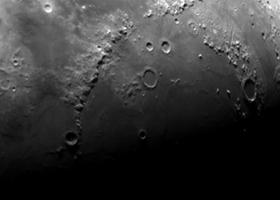
7 mm – 9.9 mm Eyepieces
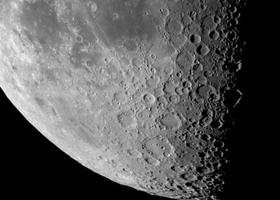
10 mm – 13.9 mm Eyepieces
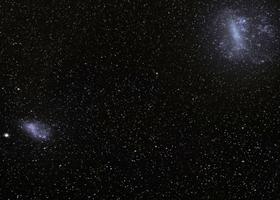
14 mm – 17.9 mm Eyepieces
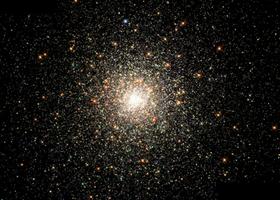
18 mm – 24.9 mm Eyepieces

31 mm – 39.9 mm Eyepieces
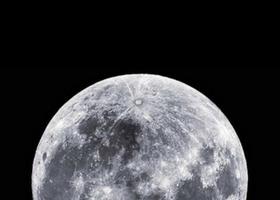
31 mm – 39.9 mm Eyepieces

40 mm Eyepieces
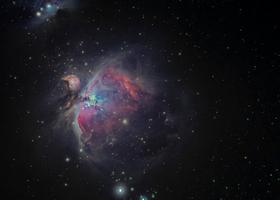
Credit for this information is from optcorp.com

